The Schlumbergera, or Christmas cactus, is a captivating plant with a unique charm. Known for its delicate, vibrant blooms, this cactus is native to the tropical rainforests of Brazil, adding a touch of exotic beauty to any space. In this article, we’ll delve into the world of the Christmas cactus, exploring its origins, symbolism, and the joy it brings to those who care for it.
1 What is the Christmas Cactus (Schlumbergera)?
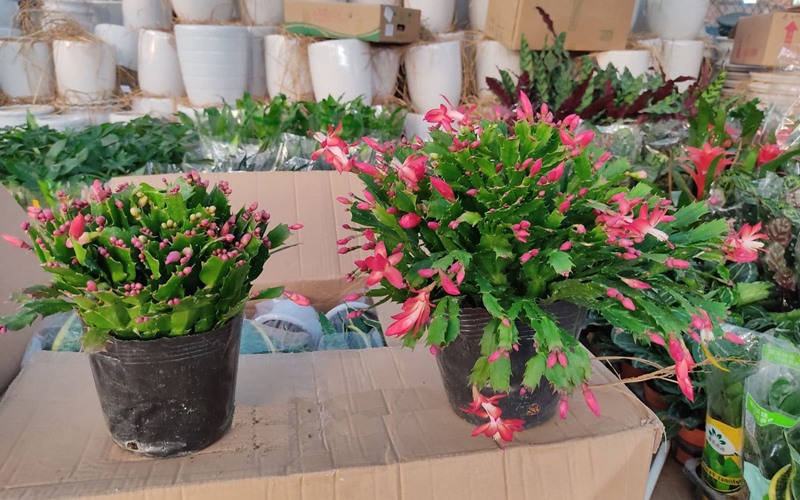 Unveiling the Christmas Cactus
Unveiling the Christmas Cactus
Origin and Significance of the Christmas Cactus
The Christmas cactus, scientifically known as Schlumbergera, is a member of the Cactaceae family, boasting a lineage that traces back to the tropical rainforests of Brazil in South America. In its natural habitat, the Christmas cactus often grows on trees or in rocky crevices, adding a splash of color to the lush landscape. With its widespread cultivation, this cactus now graces homes and gardens worldwide, especially in regions with warmer climates.
The Christmas cactus is renowned for its delicate, vibrant flowers, which typically bloom during the winter months, often coinciding with the festive season. Hence, its common name, “Christmas cactus.” The symbolism associated with this cactus often revolves around patience, anticipation, and everlasting love, reflecting the long-awaited bloom and the enduring beauty it brings.
Characteristics and Classification of the Christmas Cactus
One of the most distinctive features of the Christmas cactus is its flat, segmented stems, resembling the pincers of a crab—hence the name “crab cactus.” These cacti produce stunning tubular flowers in a vibrant palette of pink, red, white, and yellow, creating a dazzling display.
When it comes to classification, the Schlumbergera genus encompasses various species and hybrids, with the most common being Schlumbergera truncata (crab cactus) and Schlumbergera bridgesii (Christmas cactus). While each species and hybrid exhibits slight variations in form and flowering time, they all share the admirable traits of being easy to cultivate and care for, making them ideal houseplants.
2 Benefits of the Christmas Cactus (Schlumbergera)
Health Benefits
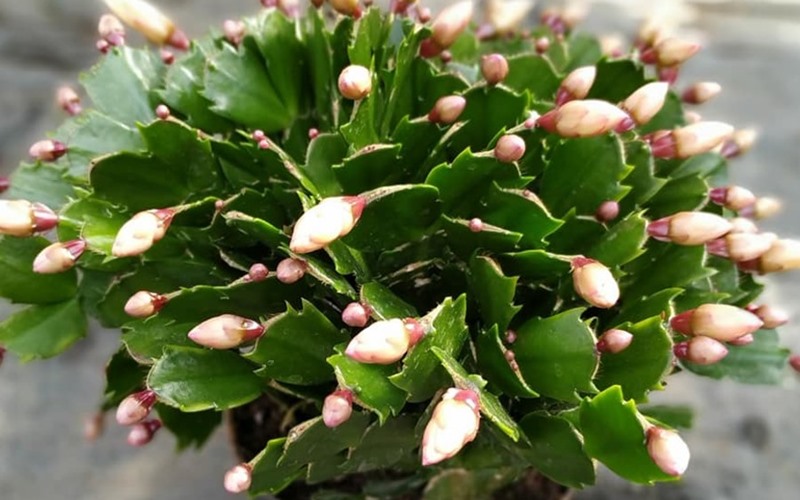 Nurturing Wellbeing with the Christmas Cactus
Nurturing Wellbeing with the Christmas Cactus
The Christmas cactus is more than just a decorative plant—it offers a host of health benefits, too. These cacti are natural air purifiers, helping to remove toxins from the air and improve indoor air quality. This is especially beneficial for respiratory health, providing a breath of fresh air in urban environments filled with pollution and allergens.
Additionally, the graceful beauty and subtle fragrance of the Christmas cactus have a calming effect, helping to reduce stress and anxiety while enhancing one’s mood. Caring for and admiring the Christmas cactus can become a form of gentle meditation, promoting mental wellness and a sense of tranquility. Furthermore, the positive energy radiated by these cacti can foster happiness and harmony within the home.
Decorative Benefits
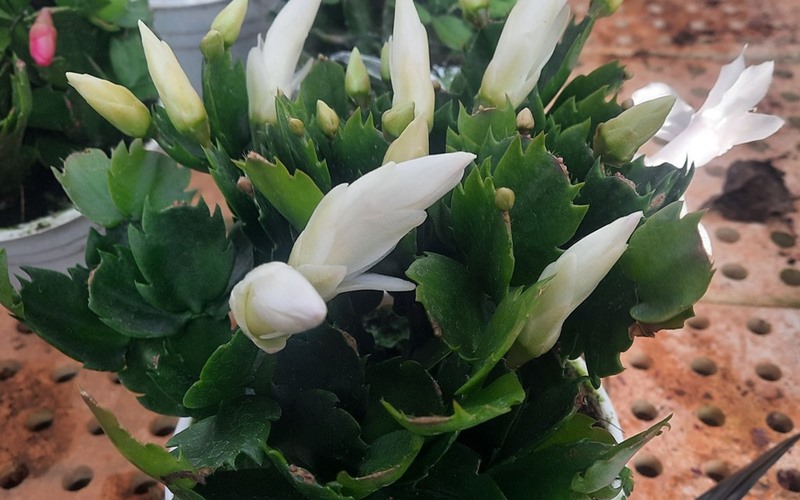 Bringing the Christmas Cactus into Your Home
Bringing the Christmas Cactus into Your Home
The Christmas cactus is a welcome addition to any home, infusing it with a burst of color during the winter months. The vibrant hues of pink, red, white, and purple add a striking accent to any room, creating a warm and lively atmosphere. Whether displayed in small pots, hung on walls, or placed on desks, the Christmas cactus is a versatile and eye-catching decorative element.
What’s more, the Christmas cactus is remarkably easy to care for, making it accessible to novice gardeners and plant enthusiasts alike. Its low-maintenance nature allows anyone to bring a touch of nature into their living space, enhancing their surroundings with beauty and serenity.
3 How to Grow and Care for the Christmas Cactus (Schlumbergera)
Growing the Christmas Cactus at Home
 Cultivating the Christmas Cactus
Cultivating the Christmas Cactus
To grow your own Christmas cactus, follow these simple steps:
-
Choose a pot with good drainage holes to prevent waterlogging. Clay or plastic pots are suitable.
-
Prepare a well-draining soil mix by combining garden soil, sand, and organic compost in a 2:1:1 ratio.
-
Plant the cactus in an upright position, ensuring the roots are covered with a thin layer of soil.
-
Water gently, maintaining moist soil without overwatering. Water when the soil feels dry, usually once or twice a week.
Caring for the Christmas Cactus
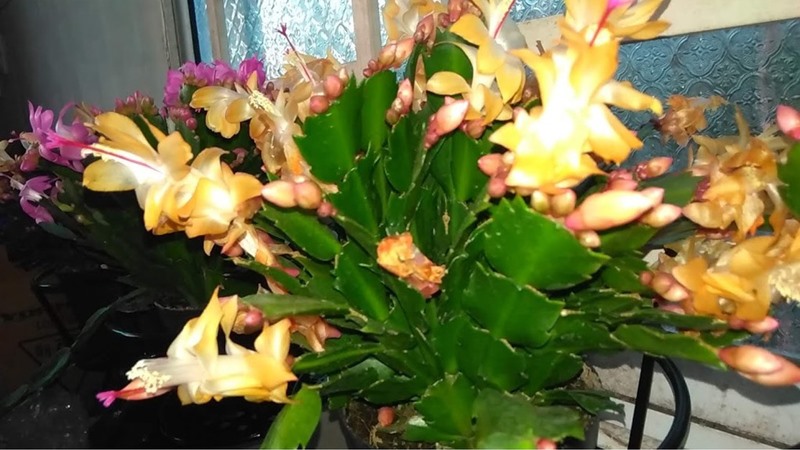 Nurturing the Beauty of the Christmas Cactus
Nurturing the Beauty of the Christmas Cactus
To ensure the health and vitality of your Christmas cactus, consider the following care tips:
-
Light: Place your cactus in a bright spot with indirect sunlight to prevent leaf scorching. Christmas cacti thrive in strong, diffused light.
-
Fertilizer: Feed your cactus once a month during spring and summer with a diluted cactus fertilizer or organic fertilizer.
-
Watering: Christmas cacti are sensitive to overwatering, so water sparingly to avoid root rot. Allow the soil to dry out slightly between waterings.
-
Pruning: Remove any dry or withered leaves and stems to encourage healthier growth. If your cactus becomes too dense, prune it to improve airflow and promote better growth.
4 5 Captivating Images of the Christmas Cactus (Schlumbergera)
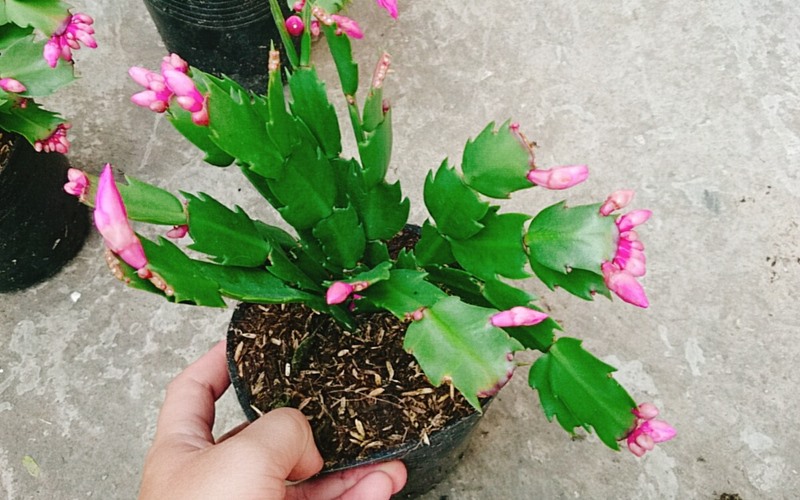 A Young Christmas Cactus
A Young Christmas Cactus
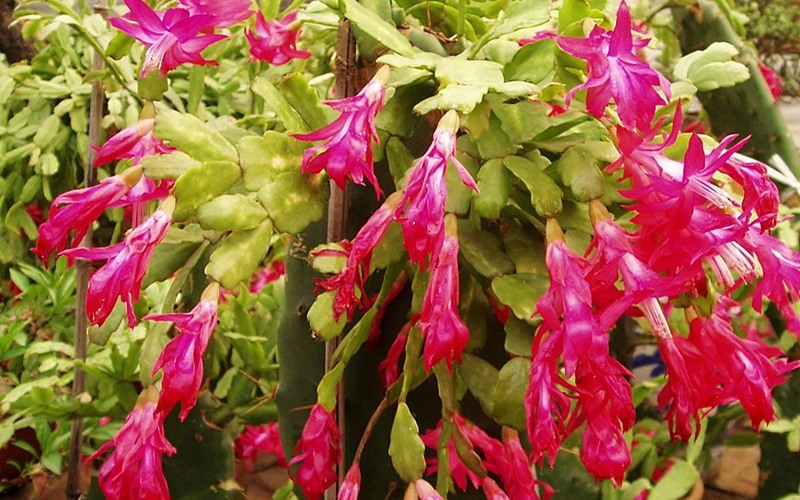 The Delicate Pink Blooms of the Christmas Cactus
The Delicate Pink Blooms of the Christmas Cactus
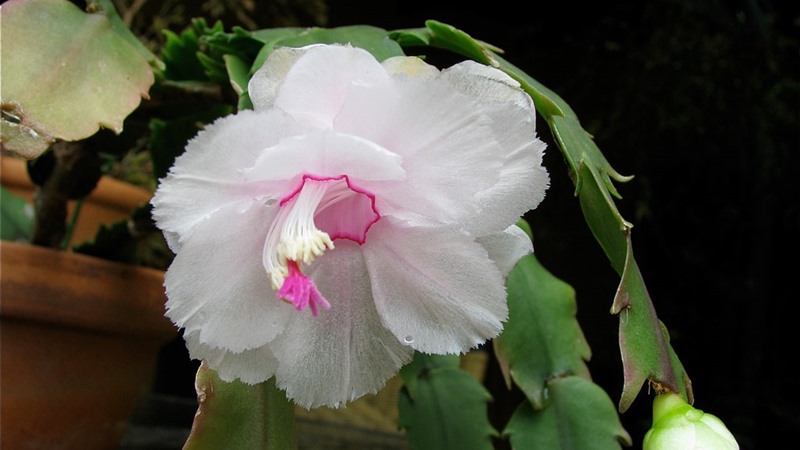 A Burst of White Flowers on the Christmas Cactus
A Burst of White Flowers on the Christmas Cactus
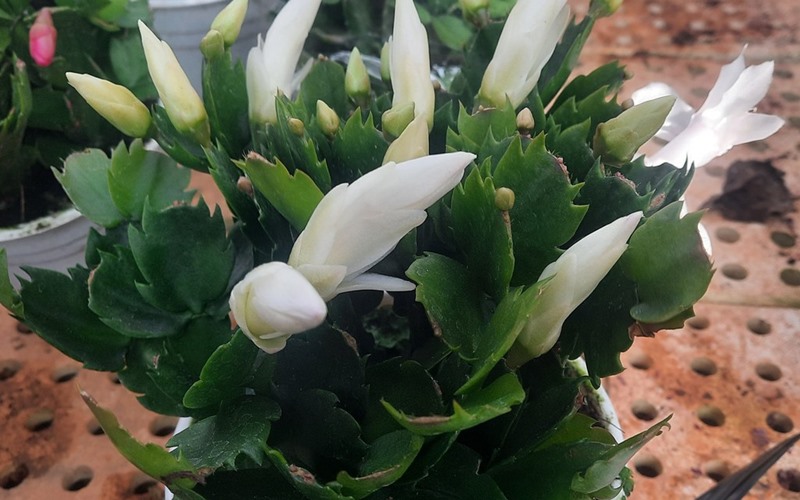 Emerging White Buds on the Christmas Cactus
Emerging White Buds on the Christmas Cactus
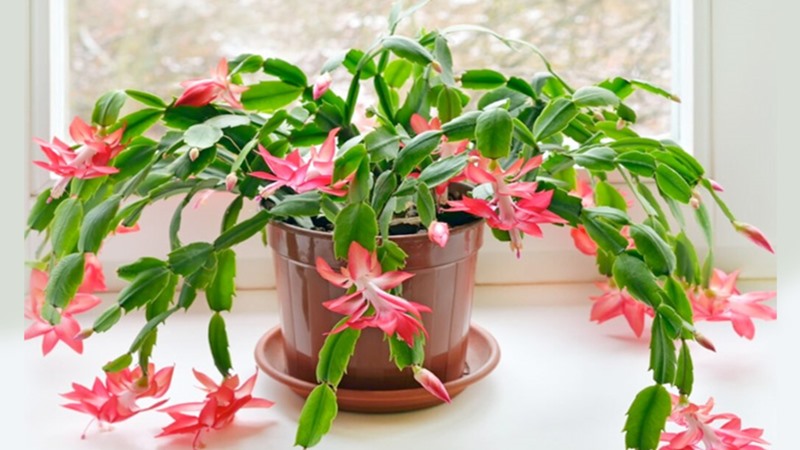 A Vibrant Display of Christmas Cacti
A Vibrant Display of Christmas Cacti
We hope this article has inspired you to learn more about the Christmas cactus and perhaps even add one to your collection. With its unique beauty and easy-going nature, the Christmas cactus is sure to bring joy and serenity to your home.
Should You Plant a Jackfruit Tree in Front of Your House?
The allure of the luscious jackfruit with its exquisite blooms and sweet, fragrant bulbs has captivated many. The desire to plant this wondrous tree in one’s front yard is understandable. But what does the practice of Feng Shui dictate? Is it auspicious to have a jackfruit tree gracing your home’s entrance?



































